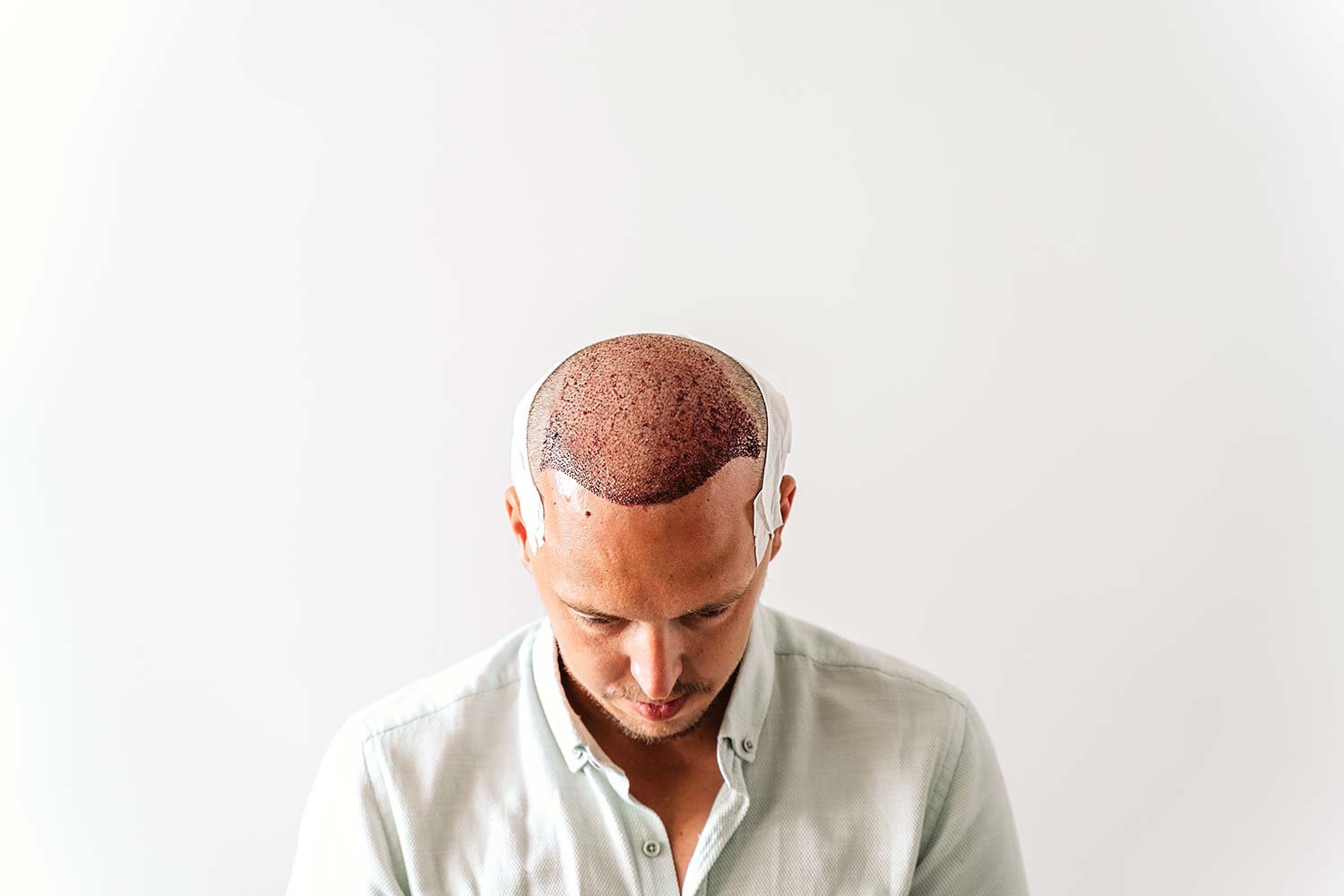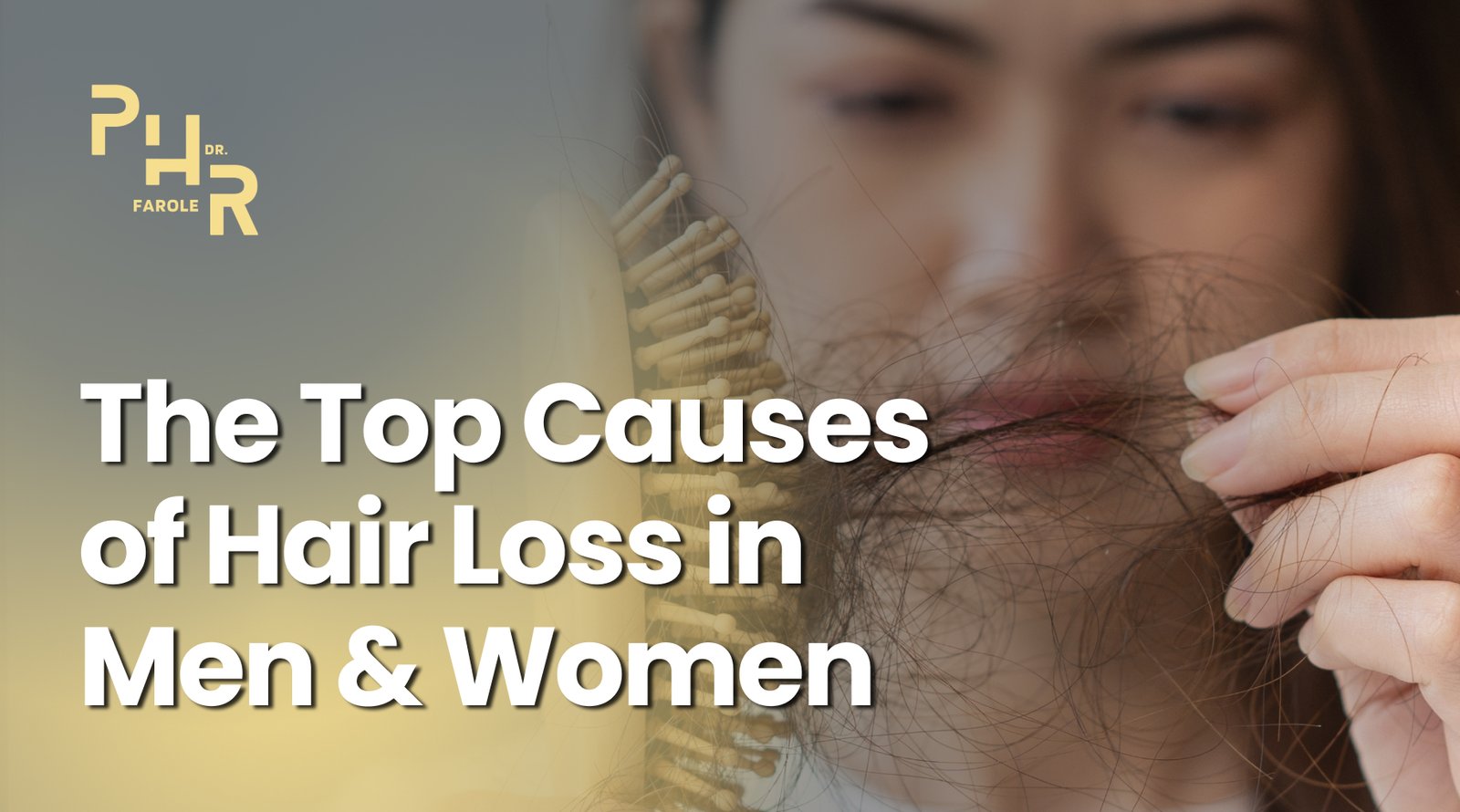Can you get a hair transplant if you are completely bald? The answer is yes—but with some important caveats.
In this guide, we’ll explain how donor hair availability determines hair transplant eligibility—even for those with significant baldness. You’ll learn how the donor supply ratio works, the role of the Norwood Scale, and when alternatives like scalp micropigmentation may be worth considering.
If you’re looking to rejuvenate your hairline, Philadelphia Hair Restoration provides personalized hair transplants to restore thicker, fuller hair. Schedule a consultation today to discuss your options with our hair transplant specialists.
Understanding the Donor-To-Supply Ratio for Hair Transplants
When it comes to hair transplants, effectiveness depends on the donor-to-supply ratio. As long as you have enough donor hair—either from the back of your head or from other parts of the body where hair is genetically permanent, like the chest or beard area—it is possible to perform a transplant.
The quality and density of donor hair determine the success of a hair transplant. Your hair transplant specialist will assess donor site viability to ensure the best outcome.
The Role of Donor Sites in Hair Transplantation
In all forms of hair transplantation, the key factor is the donor site. You need to have hair somewhere on your body that can be moved to an area with hair loss.
For example, men commonly experience balding in the frontal and temporal areas. Hair is typically taken from areas where it grows densely and can be removed without noticeable thinning.
This process, known as FUE hair transplantation, involves transplanting live hair follicles from one part of the body to another, allowing them to grow naturally in their new location.
Who Is a Good Candidate for A Hair Transplant?
To be a candidate for a hair transplant, sufficient donor hair is essential. If you lack enough donor hair, you will unfortunately not be a suitable candidate.
In addition to donor availability, several factors determine whether you’re a good candidate for hair transplantation:
- Type and Stability of Hair Loss: Ideal candidates have stabilized hair loss, such as androgenetic alopecia, rather than conditions that cause unpredictable or diffuse shedding.
- Overall Health: Good candidates are generally in good health, without chronic medical conditions or scalp disorders that might interfere with healing or hair growth.
- Age: While there’s no strict age limit, patients in their mid-20s and older often make better candidates, as their pattern of hair loss is more predictable.
- Scalp Laxity: For FUT procedures, good scalp flexibility can improve donor site access and healing.
Understanding the Norwood Scale for Male Pattern Baldness
The Norwood scale is a diagram used to classify the extent of male pattern baldness.
- Norwood 1: Minimal hair loss—some temporal recession.
- Norwood 2-4: Moderate hair loss with good donor supply—generally good candidates for transplantation.
- Norwood 5-6: Significant hair loss—candidates may still qualify depending on donor site.
- Norwood 7: Extreme hair loss—often no donor site remains, making transplant difficult or impossible unless body hair transplantation is used.
Understanding your position on the Norwood Scale can help you determine the most appropriate hair restoration treatment plan.
Hair Transplant Options for Total Baldness
In cases of full baldness, donor hair from body areas like the chest, legs, or pubic region may be used. However, the total supply from these sources is usually insufficient to fully restore a hairline. These areas are more suitable for touch-up procedures or patchy restoration, rather than complete coverage.
Non-Surgical Alternatives to Hair Transplants
For individuals with extensive hair loss, non-surgical treatments like PRP therapy can restore a fuller hairline over time.
Scalp Micropigmentation (SMP) can also restore the appearance of hair density using a specialized cosmetic tattooing. While not a permanent solution like hair transplantation, this technique provides a highly effective visual improvement for many patients.
Restore Fuller, Thicker Hair with Philadelphia Hair Restoration
No matter the extent of your hair loss, Philadelphia Hair Restoration will help you explore the best path forward. With advanced transplant techniques and personalized care, we’ll work with you to restore the hair—and confidence—you’ve been missing.
Schedule your consultation today and get the results you’ve always wanted with a hair transplant.



